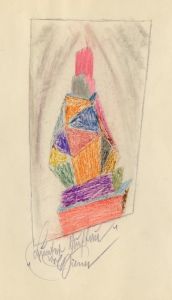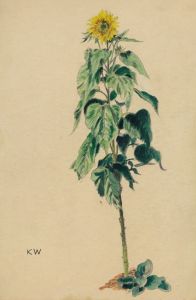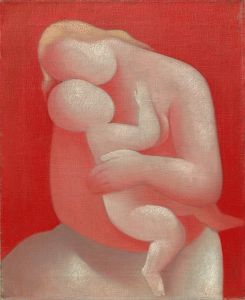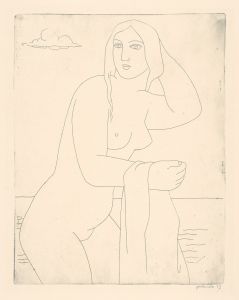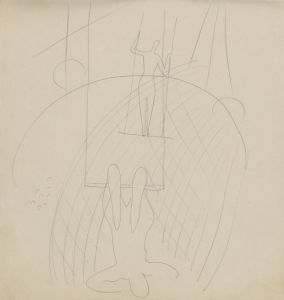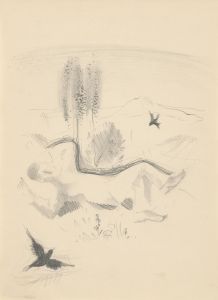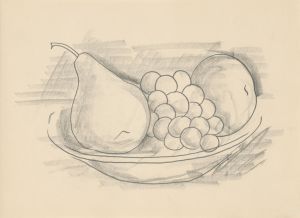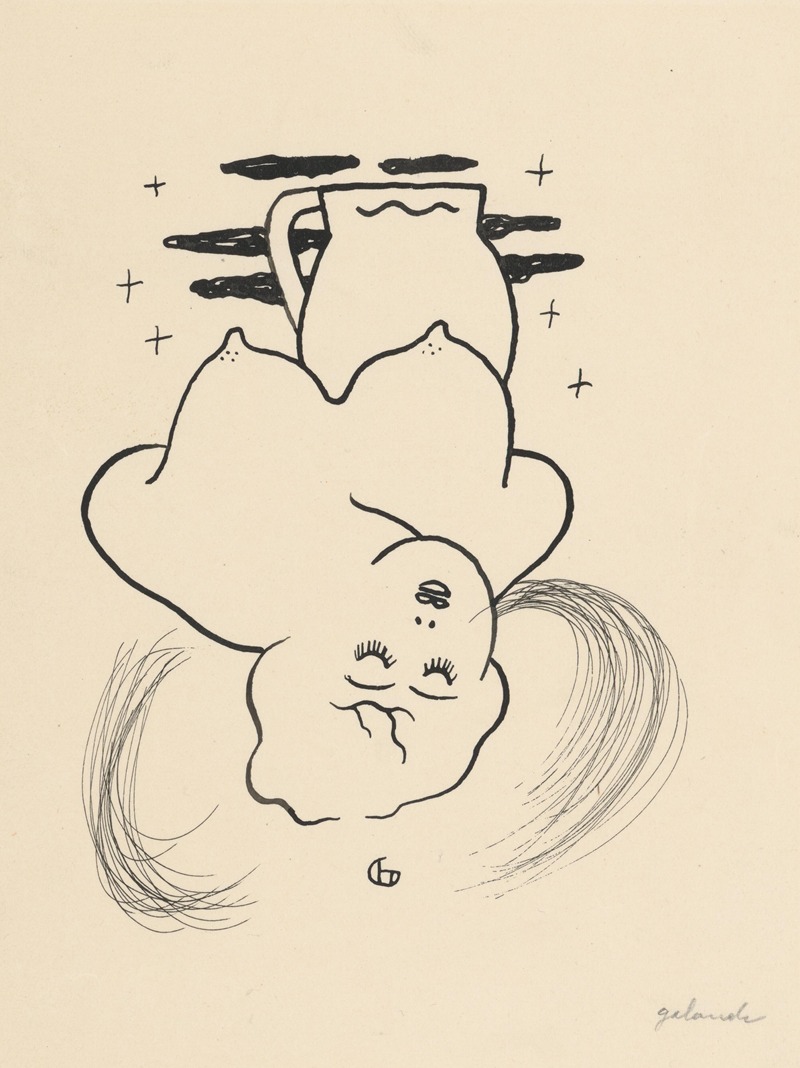
Woman with a Jug
A hand-painted replica of Mikuláš Galanda’s masterpiece Woman with a Jug, meticulously crafted by professional artists to capture the true essence of the original. Each piece is created with museum-quality canvas and rare mineral pigments, carefully painted by experienced artists with delicate brushstrokes and rich, layered colors to perfectly recreate the texture of the original artwork. Unlike machine-printed reproductions, this hand-painted version brings the painting to life, infused with the artist’s emotions and skill in every stroke. Whether for personal collection or home decoration, it instantly elevates the artistic atmosphere of any space.
Mikuláš Galanda was a prominent Slovak painter, graphic artist, and illustrator, known for his significant contributions to modern Slovak art in the early 20th century. Born on May 4, 1895, in Turčianske Teplice, Slovakia, Galanda was a key figure in the development of Slovak modernism, and his works often reflect a synthesis of traditional Slovak themes with modernist techniques.
"Woman with a Jug" is one of Galanda's notable works, exemplifying his unique style that blends elements of folk art with modernist aesthetics. Although specific details about the painting's creation, such as the exact date and circumstances, are not extensively documented, it is generally recognized as part of his broader body of work that explores themes of Slovak identity and rural life.
Galanda's artistic journey began with his studies at the Academy of Fine Arts in Budapest and later in Prague, where he was influenced by various European avant-garde movements. His exposure to these movements is evident in his work, which often features simplified forms, bold colors, and a focus on the expressive potential of line and shape. "Woman with a Jug" likely reflects these influences, showcasing Galanda's ability to distill complex forms into more abstract, yet still recognizable, representations.
The painting depicts a woman holding a jug, a motif that resonates with traditional Slovak culture, where such imagery is often associated with rural life and domesticity. Galanda's treatment of the subject matter, however, is distinctly modern. The figure is rendered with a sense of stylization and abstraction, emphasizing the geometric forms and the interplay of color and line. This approach not only highlights Galanda's modernist tendencies but also serves to elevate the everyday subject matter to a more universal and timeless plane.
Galanda was a founding member of the "Generation 1909," a group of Slovak artists who sought to break away from academic conventions and embrace modernist principles. His work, including "Woman with a Jug," reflects this ethos, as he consistently aimed to merge the local with the global, the traditional with the contemporary. Through his art, Galanda contributed to the formation of a distinct Slovak modernist identity, one that was both rooted in local culture and open to international influences.
Throughout his career, Galanda also worked as an illustrator and graphic designer, further showcasing his versatility and commitment to the arts. His illustrations often appeared in Slovak publications, where he continued to explore themes of national identity and cultural heritage.
Mikuláš Galanda's legacy is significant in the context of Slovak art history. His works, including "Woman with a Jug," are celebrated for their innovative approach and their ability to capture the essence of Slovak culture through a modernist lens. Galanda passed away on June 5, 1938, but his influence endures, inspiring subsequent generations of Slovak artists to explore the intersections of tradition and modernity in their own work.








